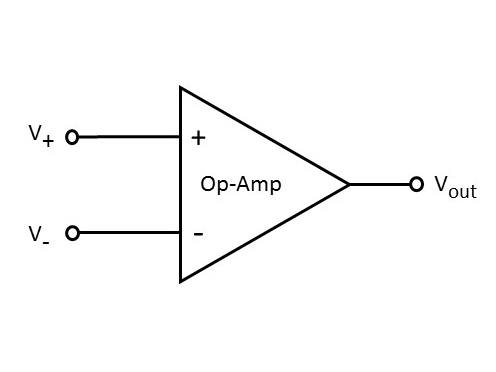Computer History: From The Antikythera Mechanism To The Modern Era
In this article, we shed light on the most important moments in computer history, acknowledging the people that have contributed to this evolution.
The Triode, Transistor And Op-Amp
Lee de Forest was an American inventor known as the "father of radio." De Forest filed over 180 patents, the most significant of all being the three-element "grid Audion," which was made in 1906. His work was also the foundation of the vacuum tube technology.
De Forest added a third electrode in an existing two element vacuum tube, which was invented by Ambrose Fleming. This electrode was named "grid" and the new three-element vacuum tube was described as a triode. The triode could be used as an amplifier, and indeed it was widely used in the first radio transmitters. However, another equally important function of this new invention, which wasn't initially used, was that it could play the role of a switch, and would have tremendous importance in building the first computers.




The K2-W Vacuum Tube, pictured above, was used as an operational amplifier along with some early transistors.
Almost 20 years had passed from the invention of the triode when another scientist, Julius Edgar Lilienfield, filed a patent that describes the first transistor. It is worth mentioning that the transistor and the integrated circuit inventions are described by many scientists as two of the most significant achievements of the 20th century, allowing the technology to evolve so rapidly. Without these nothing would be as we know it today. For those of you without a background in electronics, the transistor is a small semiconductor device that can be used to amplify electronic signals. It can also be used as a switch for opening or closing a circuit.
A bipolar transistor has three terminals: the base, the collector and the emitter. When we apply a small current to the base terminal we can control the flow of a much larger current between the collector and the emitter. For field-effect transistors, also known as FETs, the terminals are named gate, source and drain, and instead of current we use voltage to control the current flow between the source and the drain.




The operational amplifier, mostly known as op-amp, is a key component for all electronic devices nowadays. It was invented in the 1940s and was widely used by the first electronic computers with analog circuits. In these early computers the electrical currents represented numerical values, so the op-amps played a major role in their operation. In very plain words, an op-amp has two inputs with an electrical difference between them. The output of the op-amp is the amplified difference between these inputs.
MORE: All Gaming Content
Get Tom's Hardware's best news and in-depth reviews, straight to your inbox.
MORE: Gaming At 3840x2160: Is Your PC Ready For A 4K Display
Current page: The Triode, Transistor And Op-Amp
Prev Page IBM In Its Early Years Next Page Alan Turing And The COLOSSUS
Aris Mpitziopoulos is a contributing editor at Tom's Hardware, covering PSUs.

